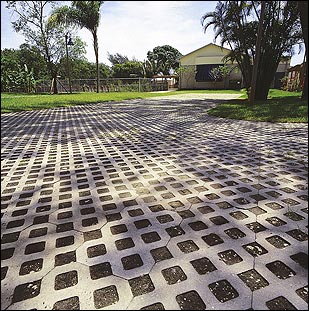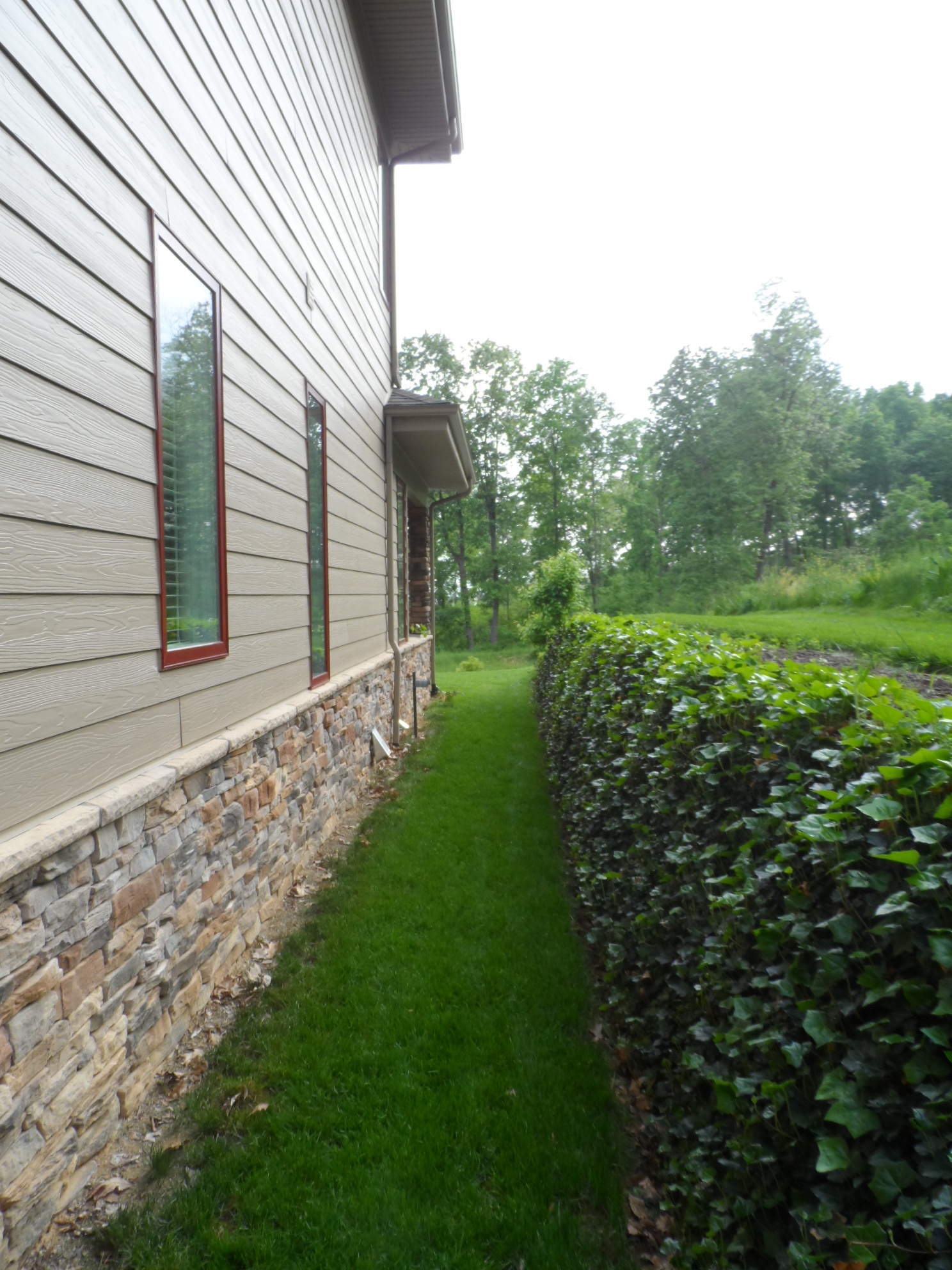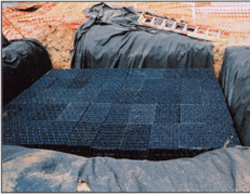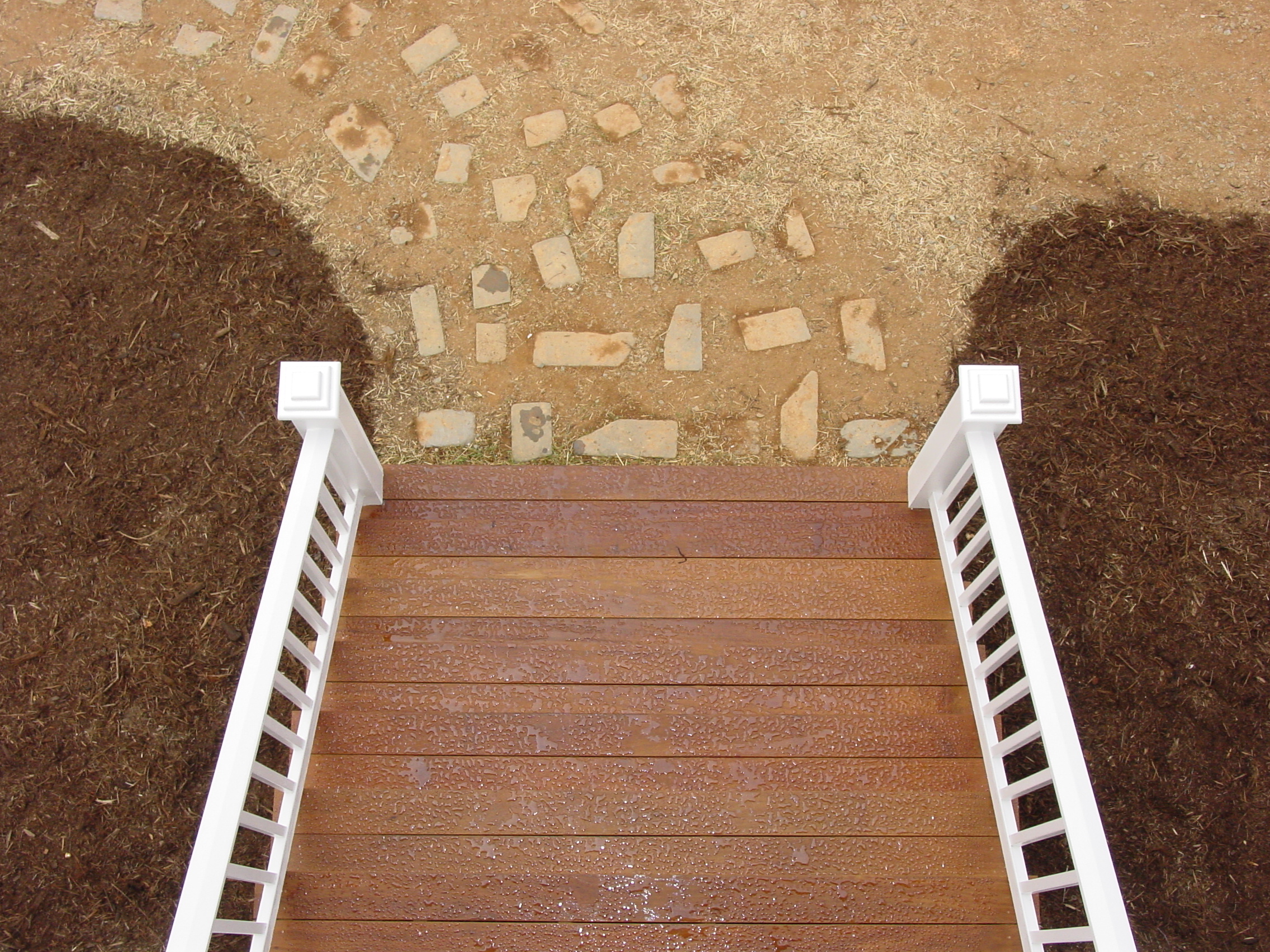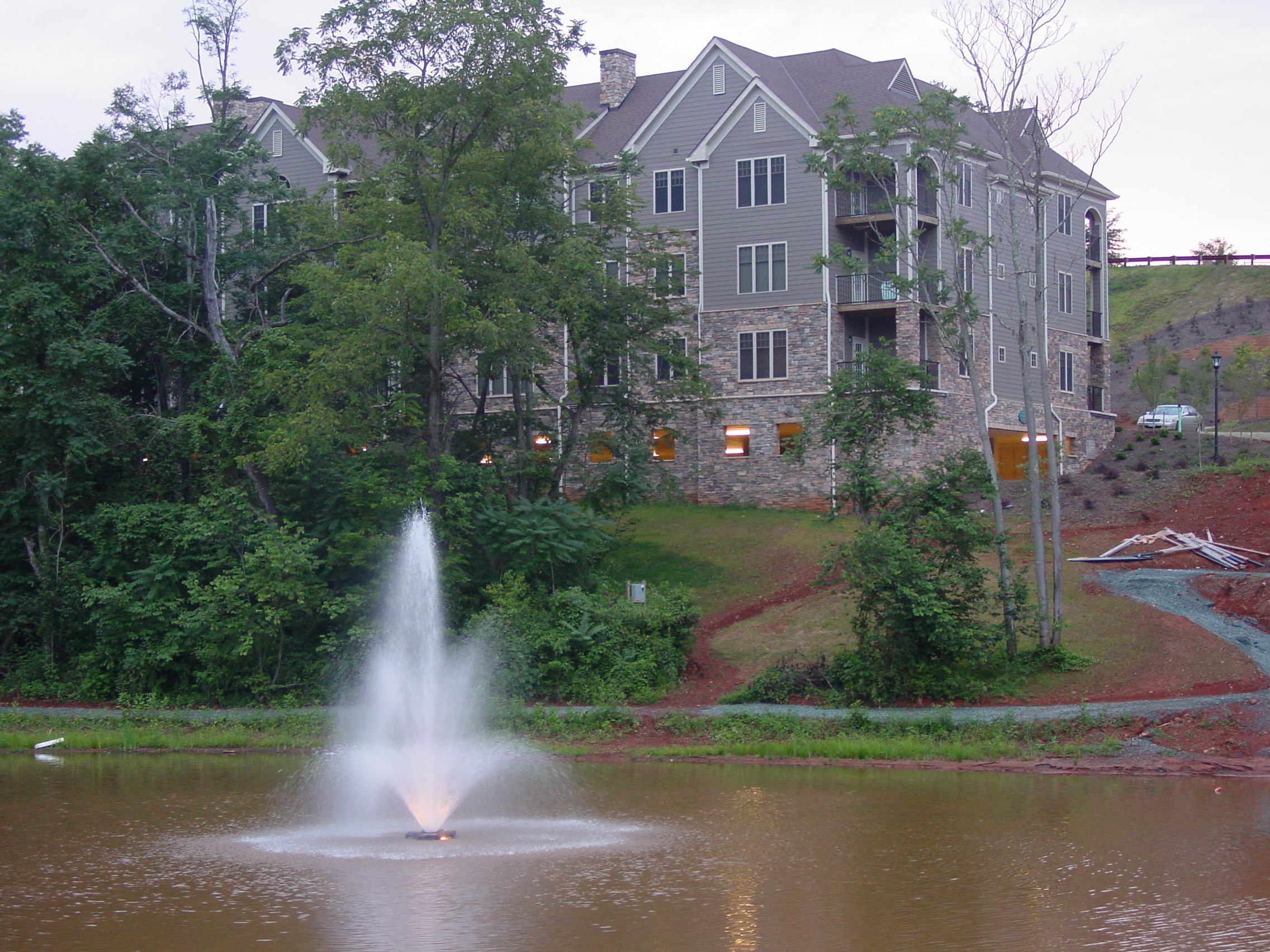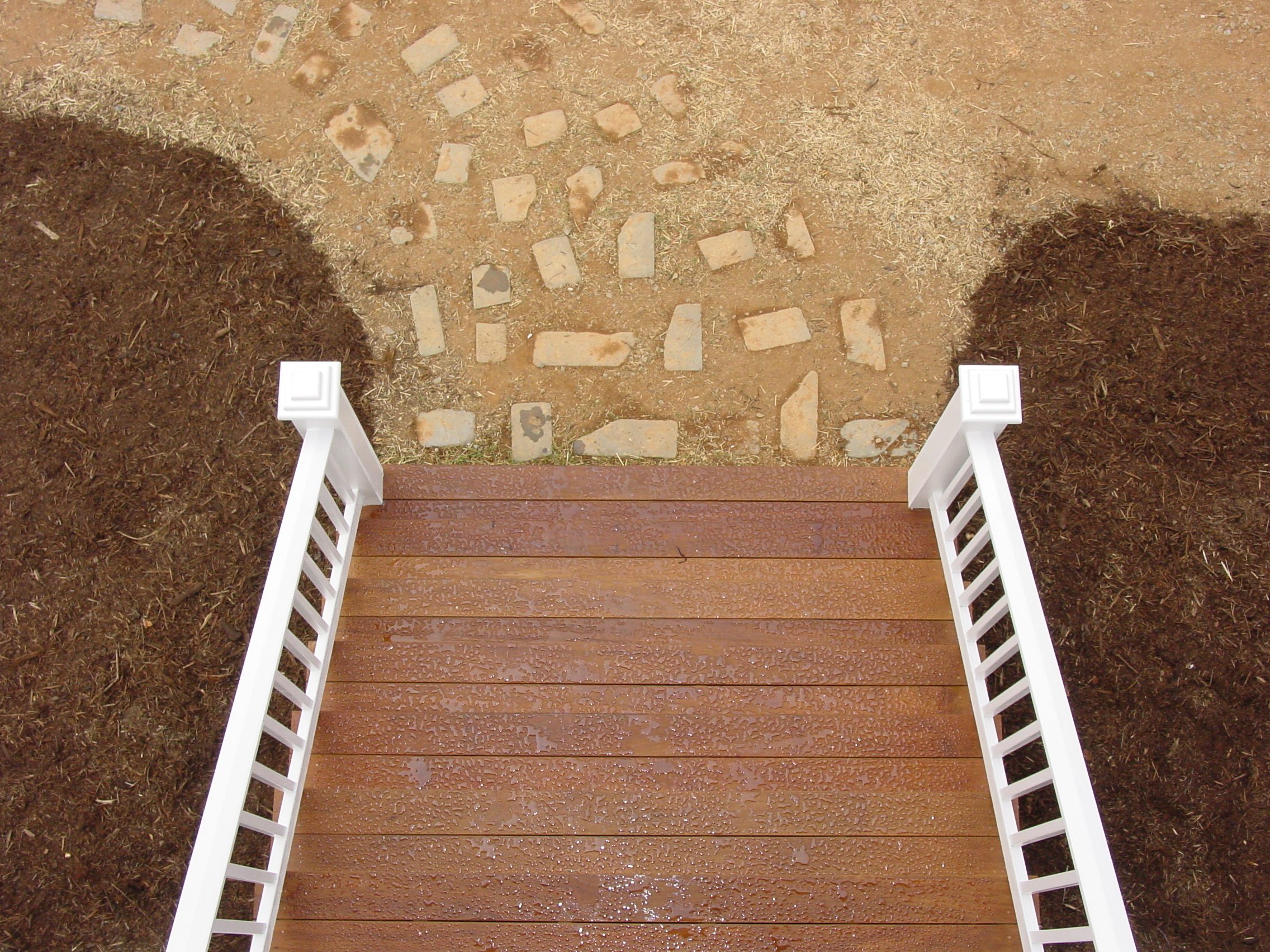
5 ways to reduce the Stormwater Fee you will have to pay in Harrisonburg
5 ways to reduce the Stormwater Fee you will have to pay in Harrisonburg
Rain falls from the sky. Buildings, parking lots, sidewalks, and streets collect and funnel the water into the storm water system. In Harrisonburg, this water all finds its way into our local creeks and streams. Walking through downtown, you see (smell) it in Blacks Run for instance.
Each year, a cleanup is organized to remove the storm debris (trash, paper, plastic…) from Blacks Run. However, this does not / cannot remove all the pollutants that get into the waterways and eventually find their way into the Chesapeake Bay. These pollutants have been flowing into the Bay for years from all over the state. So now each resident of localities that have mandated Municipal Seperate Storm Sewer System permits issued by the Virginia Department of Environmental Quality (Harrisonburg, Charlottesville) will pay to help clean it up.
Harrisonburg will institute a storm water fee for every home owner of $10.50 per 500 sf of impervious surface. For most home owners this will amount to $50 per year. For larger property owners, this will be a harder pill to swallow.
Here are 5 things that you can do to help (and it will reduce your fee to the city by up to 50%).
- You could install pervious concrete sidewalks / driveway / parking lots to allow the water to flow through the pavement into the ground.
- You could install vegetation on your roof which builds habitat and reduces run off.
- When developing a new property you could use low impact development which reduces run off from your site.
- You could install vegetated retaining walls.
- You could collect the rainwater in a cistern for use in landscaping, washing cars, or even for use in your buildings.
We have been designing solutions to reduce storm water run off since 1999 when we implemented storm water ponds at Stone Creek Village Apartments.
These are not new ideas or strategies. These are good for the environment, the Bay, local water systems, and our underground water system.

